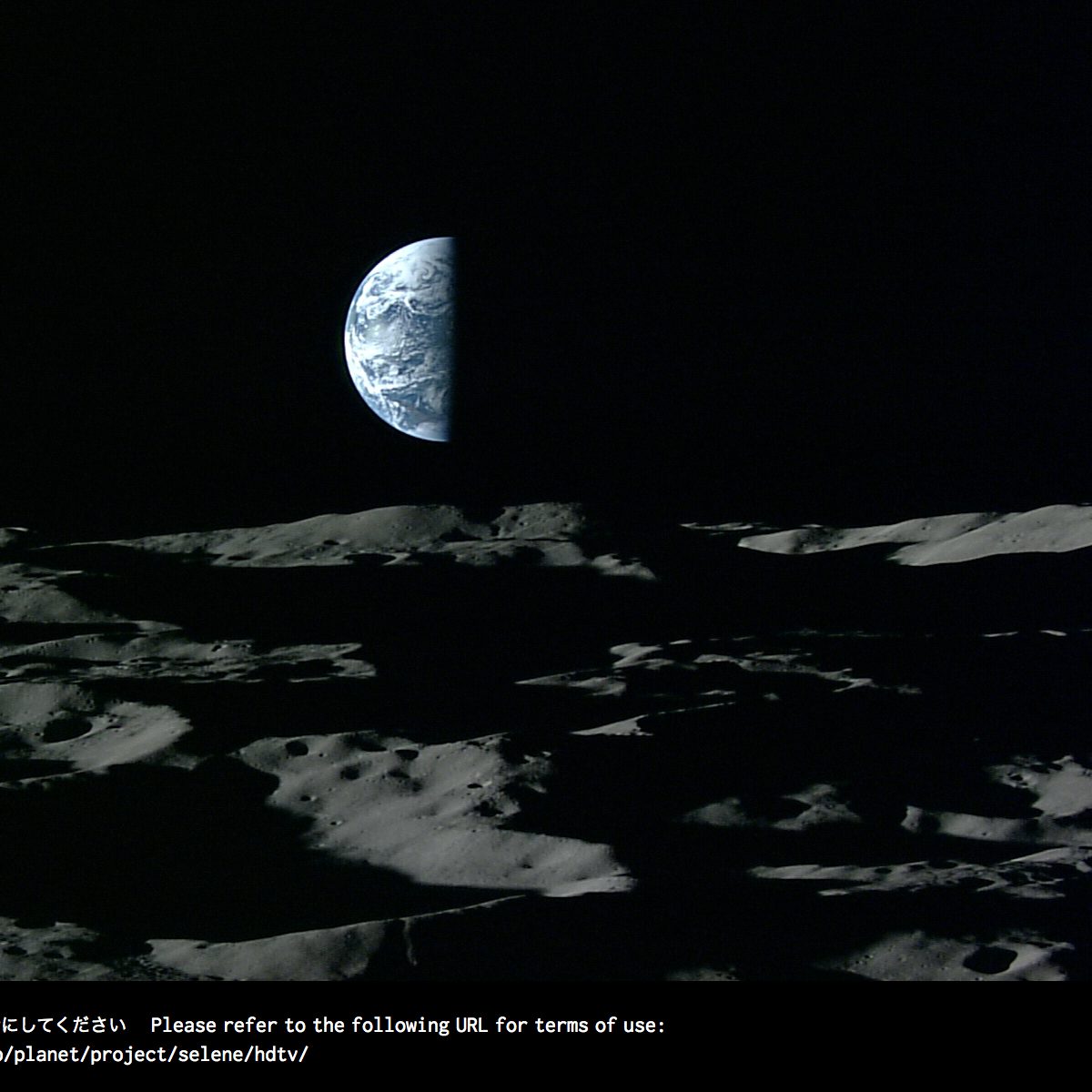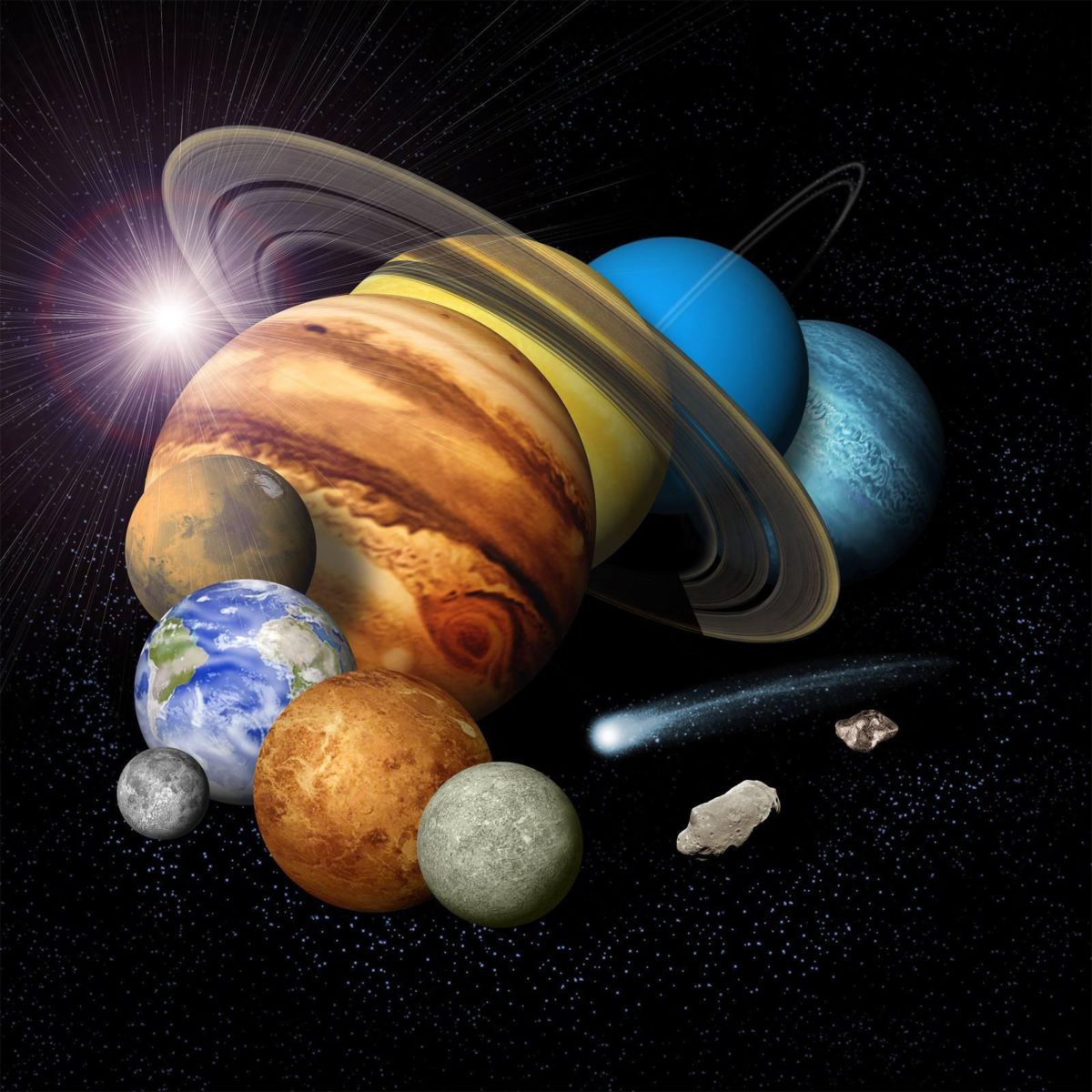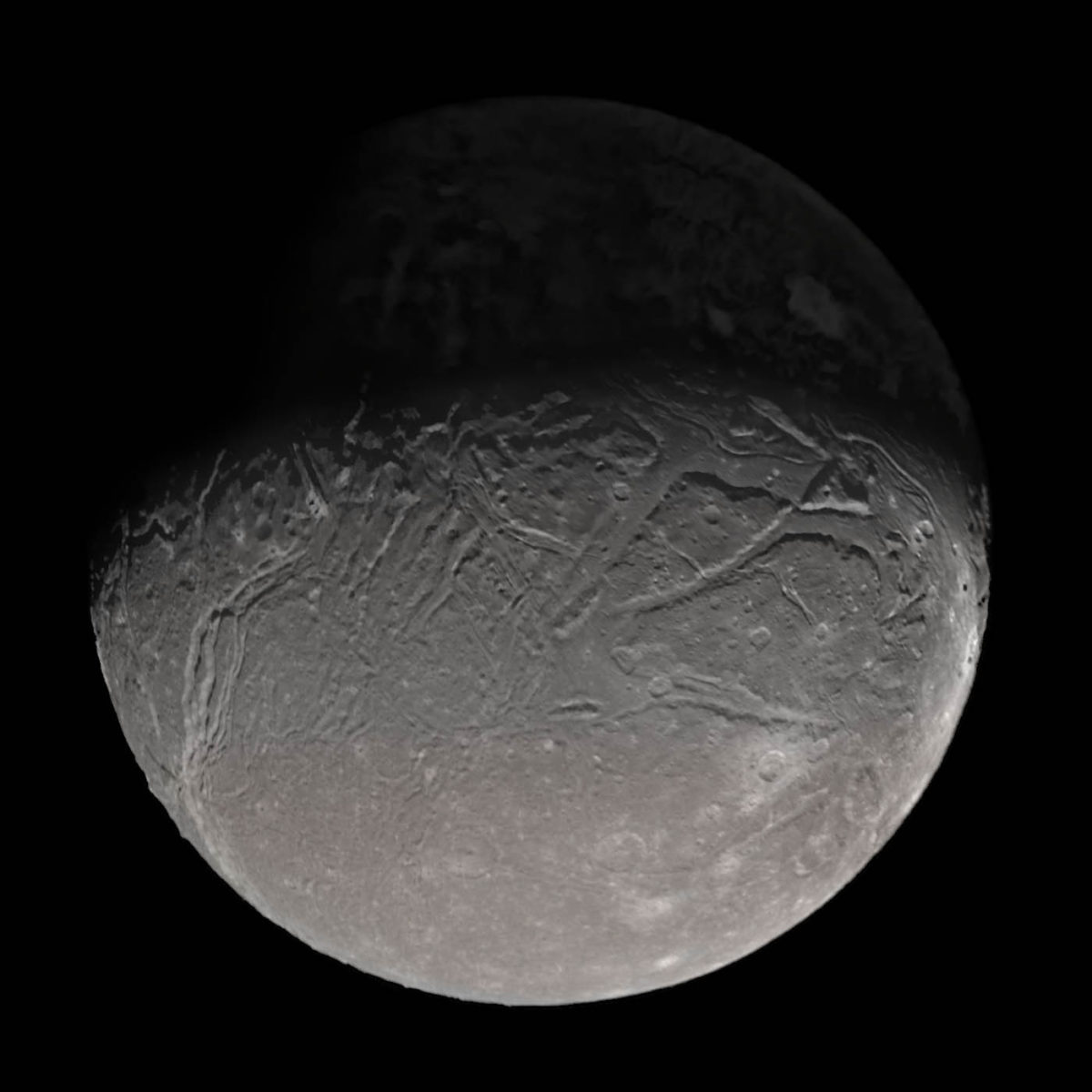All
All
Stories, updates, insights, and original analysis from The Planetary Society.
A dwarf planet, a rogue planet, and a glow-in-the-dark moon
All the wonders that the cosmos offered up this week, plus news about NASA’s leadership and an exciting launch.
The Next 10 Years
Six scientists share the major planetary science discoveries of the past decade, and the questions that will drive the next 10 years of solar system exploration.
Planetary Society Talks Europa, Planetary Defense, and Solar Sailing in Washington D.C.
Thanks to our members and donors, The Planetary Society participated in several activities at the 2019 International Astronautical Conference.
The Realm of the Ice Giants
Imagine 2 icy worlds far from the Sun. Their serene, blue atmospheres. Huge, ominous-looking storms. Tantalizing glimpses of moons with exotic, icy terrains. Delicate sets of encircling rings.
A new look at Europa, with old data
Ted Stryk shows us a new color, near-global view of Europa made from Galileo spacecraft data captured in 1996.
The Making of Life
Michael L. Wong asks how our understanding of the origin of life on Earth informs our search for it elsewhere.
This Thanksgiving, avoid the politics and talk space instead
If you're expecting to gather with extended family on Thanksgiving, avoid the politics. Here are some conversation starters to use at the dinner table that everyone can engage in.
When Space Science Becomes a Political Liability
John Culberson, an 8-term Texas Republican and staunch supporter the search for life on Europa, lost his re-election bid last week. His support for Europa was attacked by opponents and could send a chilling political message about the consequences of supporting space science and exploration.
In search of ice and fire: Europa analog fieldwork in Iceland, 2018
The terrain of Iceland – the Land of Ice and Fire – has some very interesting similarities to Europa.
Moon Monday: Galileo's Galileans
This week it seems fitting to feature a portrait of the Galilean moons by Galileo.
#LPSC2018: Groovy Galilean satellites
The Jovian system is a busy place. The Groovy Galilean Satellites session at last week's Lunar and Planetary Science Conference (LPSC) covered analysis of past mission data, testable hypotheses for future missions, and discussion of the use of ground-based data.
How the Falcon Heavy could revolutionize exploration of the ocean worlds
SpaceX's Falcon Heavy is not just for big payloads, it can also throw light things into space very fast. And that has significant implications for the exploration of distant destinations in our outer solar system—particularly the ocean moons of the giant planets.
No plumes? No problem. How Europa Clipper will analyze an icy moon's ocean
Europa doesn't have grandiose plumes like Enceladus. So how will the Clipper mission figure out what's in Europa's ocean?
Clipper Slipper
Will NASA's Space Launch System be ready to launch a Europa mission in 2022?
Explore spinnable Saturn and Jupiter moons with Google Maps
Google Maps released several new map products that allow you to see the locations of named features on many solar system planets and non-planets, spinning them around in space with your mouse.
Voyager 40th anniversary: The transformation of the solar system
The Voyager missions transformed most of the large worlds of the solar system from points of light into places to be explored.
Congress gives NASA's planetary science division some love (and a Mars orbiter)
The House of Representatives proposed $2.1 billion for NASA's planetary science budget, which would be an all-time high. Part of the increase would be used to start work on a new reconnaissance and communications orbiter.
NASA's audacious Europa missions are getting closer to reality
Today, NASA announced progress on a spacecraft that would assess whether Jupiter's Moon Europa is habitable, and earlier this month, an agency-sponsored science team released a report on a separate lander mission that would directly search for signs of life.
New Findings are Conclusive: Europa is crying out for exploration
New scientific findings add to the evidence that Europa is spouting its liquid ocean into space. NASA has a mission to Europa in the works, but it wouldn't launch for at least a decade. Congress can make it faster, but it all depends on whether they can pass a budget this year.
Juno's instruments return riches from first perijove
On August 27, Juno soared across Jupiter's cloud tops from pole to pole, with all instruments operating. NASA posted some terrific first results from several of the instruments today. And the JunoCam team released all 28 raw images taken during the close encounter.


 Explore Worlds
Explore Worlds Find Life
Find Life Defend Earth
Defend Earth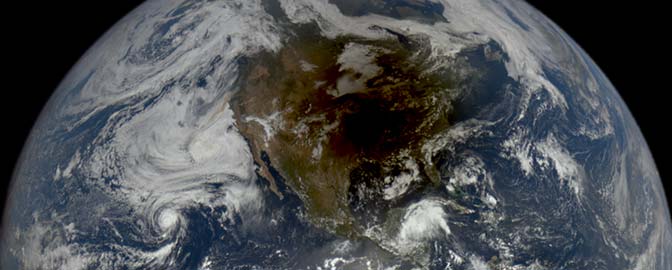
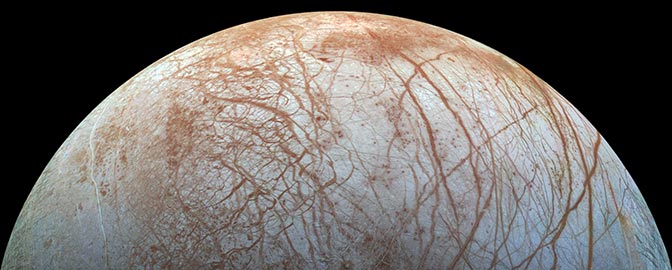
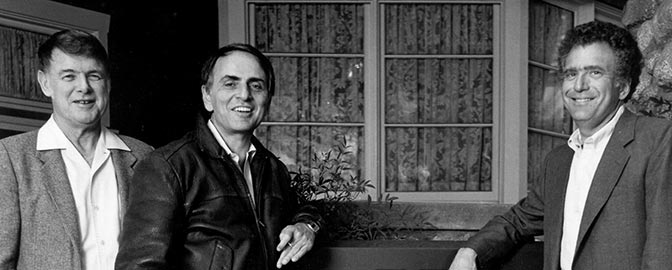
 Sun
Sun Mercury
Mercury Venus
Venus Earth
Earth Mars
Mars Jupiter
Jupiter Saturn
Saturn Uranus
Uranus Neptune
Neptune Small Bodies
Small Bodies
